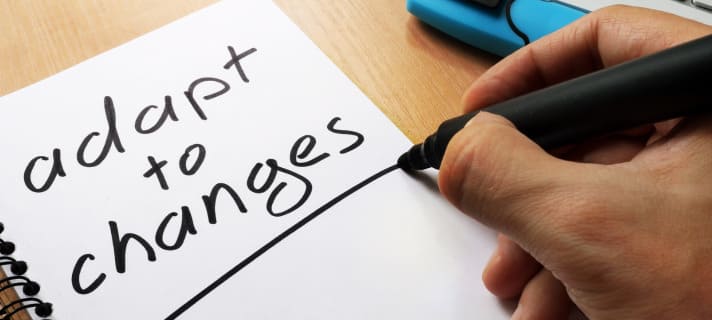With the introduction of digital education, the educational environment has experienced a seismic upheaval, changing how we learn. The development of technology has opened the path for online learning, giving students and teachers chances to interact with knowledge and ideas in previously unthinkable ways. This article explores the many facets of adjusting to digital education, illuminating the advantages, difficulties, and approaches that characterize this new era of learning.
The Evolution of Online Learning
Online Learning: A Shift in Thinking
A new era of learning has begun as a result of the widespread use of educational technology, one in which time and place are no longer constraints on learning. Online learning, often known as e-learning, has opened up access to information and allowed people from all walks of life to seek education regardless of their location.
The advantages of digital learning
There are several benefits to digital schooling. The enormous selection of programs and tools available to learners may be adapted to their schedules, interests, and learning preferences. Online learning is known for its flexibility, which enables students to juggle their studies with other responsibilities. Online platforms’ interactive features also encourage cooperation, critical thinking, and tech knowledge—all crucial abilities in the current digital world.
Getting Around Obstacles in Digital Education
Accessibility and the Digital Divide
While there is a lot of potential for digital education, there are also some difficulties. Unequal access to technology and the internet, or the “digital divide,” continues to be a major obstacle. To fully reap the rewards of digital education, it is essential to provide fair access to online learning for people from all socioeconomic backgrounds and geographical locations.
Continuity and Motivation
High levels of drive and self-discipline are required for online learning. Students must develop time-management skills and personal accountability because there isn’t a physical classroom or face-to-face connection. For their part, teachers must use cutting-edge teaching strategies to keep students interested in the virtual setting.
Modernizing Educational Approaches
The Function of Teachers in Digital Education
In order to adapt to digital education, educators must take on new responsibilities. They go from being only information distributors to facilitators, mentors, and content curators online. Instead of rote memorizing, the emphasis is now on developing critical thinking and problem-solving abilities. The teaching process is redefined by tools like virtual classrooms, discussion boards, and multimedia materials.
Individualized and Flexible Learning
Personalized and flexible learning experiences are made possible by educational technology. To provide individualized material, tests, and feedback, algorithms examine each learner’s unique learning habits. This strategy not only accommodates various learning preferences, but it also quickly spots pupils who are having difficulty and provides them with assistance.
Modern Instruments and Technologies
Augmented reality (AR) and virtual reality (VR)
Abstract ideas come to life via the use of virtual reality and augmented reality in digital education. From the comfort of their screens, students may investigate historical locations, dissect intricate biological structures, or replicate scientific activities. Immersive experiences offered by these technologies improve retention and understanding.
Interactive content and game-based learning
By introducing game-like aspects like challenges, prizes, and competitiveness, gamification adds a fun component to learning. Quizzes, simulations, and multimedia presentations that are interactive not only make learning fun but also solidify information.
Improving Community Spirit
Online Communities for Learning
Despite its virtual absence, the classroom may nonetheless develop a strong feeling of community. Students may communicate, exchange ideas, and benefit from one another’s knowledge through discussion boards, chat rooms, and group projects. By fostering meaningful relationships, educators may foster a sense of belonging in their students.
Getting Ready for the Future
Increasing Your Digital Literacy
The acquisition of digital literacy abilities is necessary for adjusting to digital schooling. Students must learn how to use internet resources effectively, assess sources critically, and safeguard their online identities. These abilities are crucial for success in the modern job as well as for learning.
Continuous Education for Teachers
Both instructors and students must adapt, and both must actively pursue lifelong learning. Teachers can give successful instruction by keeping up with the most recent developments in educational technology. Programs for professional development are essential for improving instructional strategies.
The need to adapt becomes critical as we stand at the nexus of conventional learning and digital education. Online education has completely changed how we learn, removing constraints and expanding horizons. The potential for development, accessibility, and creativity in the field of digital learning is unmatched, despite ongoing difficulties. We can successfully traverse this revolutionary path and influence the future of education for future generations by embracing technology, reinventing teaching approaches, and cultivating a sense of community.

